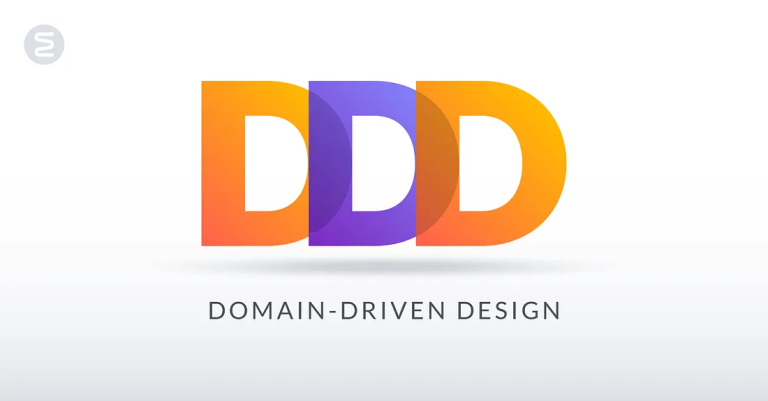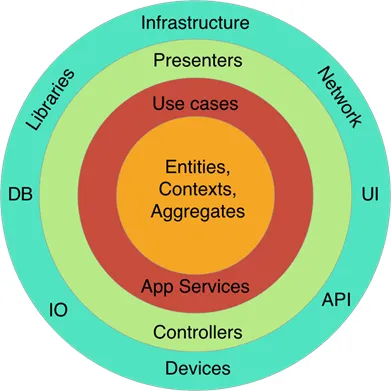DDD is gaining significant popularity in the realm of software development for valid reasons. Whether you’re a seasoned PHP developer or just embarking on your journey, grasping the concept of DDD can be a game-changer. So, let’s demystify it!
What Is Domain-Driven Design?
DDD represents a software development philosophy that places paramount importance on the fundamental domain and its associated logic, rather than fixating on the underlying technology or the user interface.
In simpler terms, think of the domain as the “universe” in which your application functions. It encompasses a collection of concepts, terminology, and activities that define the problem space. DDD emphasizes a deep understanding of this domain and building software based on that understanding.
Why Opt for DDD?
Enhanced Clarity in Business Logic: DDD elevates the core business logic to the forefront, keeping it separate from the distractions of user interface and database code.
Improved Communication: DDD introduces a common “Ubiquitous Language” understood by both developers and non-developers, such as stakeholders or business experts. This language bridges the gap between technical and non-technical team members. Flexibility & Scalability: DDD leads to a modular and loosely-coupled design, simplifying future modifications and scalability.
High-Quality Software: By emphasizing the domain, DDD increases the likelihood of accurately implementing business logic, resulting in fewer errors and improved software quality.
A Peek into DDD with PHP 8 To illustrate, let’s consider the development of a user management system for a blogging platform. Users possess unique identifiers, names, emails, and passwords. Additionally, users are assigned roles, such as “admin” or “editor.”
namespace Domain\User;
class User {
private UserId $id;
private string $name;
private Email $email;
private EncryptedPassword $password;
private UserRole $role;
public function __construct(UserId $id, string $name, Email $email, EncryptedPassword $password, UserRole $role) {
$this->id = $id;
$this->name = $name;
$this->email = $email;
$this->password = $password;
$this->role = $role;
}
// Accessors and other methods...
public function changeRole(UserRole $newRole): void {
$this->role = $newRole;
}
}
class UserId {
private string $value;
public function __construct(string $value) {
$this->value = $value;
}
public function getValue(): string {
return $this->value;
}
}
class Email {
private string $value;
public function __construct(string $value) {
if (!filter_var($value, FILTER_VALIDATE_EMAIL)) {
throw new \InvalidArgumentException("Invalid email format.");
}
$this->value = $value;
}
public function getValue(): string {
return $this->value;
}
}
class EncryptedPassword {
private string $value;
public function __construct(string $hashedPassword) {
$this->value = $hashedPassword;
}
public function getValue(): string {
return $this->value;
}
}
class UserRole {
private const ALLOWED_ROLES = ['admin', 'editor', 'subscriber'];
private string $role;
public function __construct(string $role) {
if (!in_array($role, self::ALLOWED_ROLES)) {
throw new \InvalidArgumentException("Invalid user role.");
}
$this->role = $role;
}
public function getValue(): string {
return $this->role;
}
}In this example:
Useris our main entity (or Aggregate Root in DDD terms).UserId,Email,EncryptedPassword, andUserRoleare Value Objects. These are small objects that represent descriptive aspects of the domain with no conceptual identity. They are immutable, and their equality is based on their value.
This design guarantees that all complexities associated with a user’s email validation, password encryption, and role validation are neatly encapsulated within the appropriate objects. This approach maintains the User class’s purity, allowing it to focus exclusively on representing a user within our system.
Remember, Domain-Driven Design (DDD) goes beyond merely crafting classes and objects. It revolves around molding your software in accordance with the domain’s intricate nuances and behaviors. Embracing this mindset and methodology positions your software for clarity, adaptability, and long-term success.
Key Insights: DDD centers on the core domain, ensuring that the software’s structure mirrors real-world concepts and processes. Utilizing a shared language fosters team communication, fostering improved collaboration. By separating concerns and ensuring the core domain remains the focal point, DDD results in software that is scalable, flexible, and of high quality. In forthcoming posts, we’ll delve deeper into DDD concepts and showcase more sophisticated PHP examples. In the meantime, contemplate the notion of elevating your domain’s prominence and consider how DDD might seamlessly integrate into your upcoming PHP project.
Happy coding 👇





